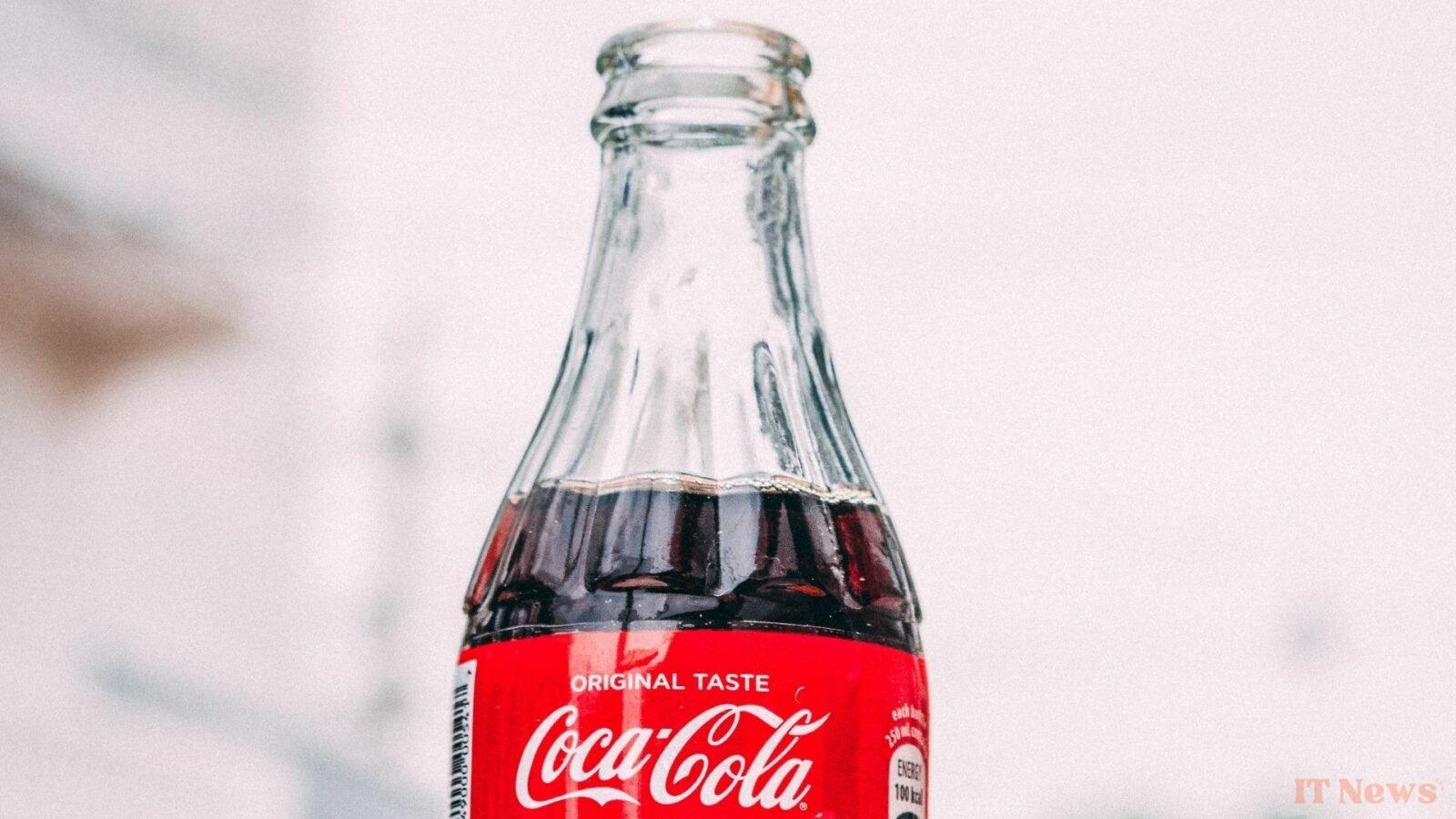The study, published in mid-May in the Journal of Food Composition and Analysis, has caused a stir. After analyzing various types of common beverages—sodas, beers, iced teas, wines, and waters—packaged in different containers, the results are clear: drinks bottled in glass have an average contamination of around 100 microplastic particles per liter, compared to only 2 to 20 for plastic bottles or cans. The surprise is all the greater because we intuitively expected the opposite result, says Iseline Chaïb, a doctoral student at ANSES and leader of the study. But then, how can we explain this phenomenon?
The metal cap
The explanation lies neither in the glass itself nor in the environment, but in the metal cap that seals the bottle. Analyses have shown that the microplastics found in glass-bottled drinks are identical in color and composition to the paint that covers the outside of the caps. During bulk storage prior to use, the caps are subjected to friction that causes tiny scratches invisible to the naked eye. It is these micro-scratches that release plastic particles into the drink when it is bottled.
Contamination varies depending on the type of drink. Beers, lemonades, and colas are the most affected, with 80 to 133 particles per liter respectively, while water and wine have much lower levels (4.5 particles per liter in glass-bottled water, 1.6 in plastic).
What are the health risks?
ANSES offers concrete ways to reduce this pollution. Tests to clean capsules before encapsulation (air blowing, rinsing with filtered water and alcohol) have reduced the number of microplastic particles in drinks by 60%. Changing capsule storage conditions to limit friction, or reviewing the composition of the paints used, can also affect the final balance, provided that manufacturers agree to play the public health game.
To date, no toxicological data can determine whether the quantities of microplastics found in drinks present a proven risk to human health. ANSES emphasizes the need for continued research, while calling on manufacturers to act quickly on identified sources of contamination. However, the results of this study highlight the complexity of balancing ecology and health risks. While glass is the best eco-friendly option in terms of recyclability, given current industrial practices, it is not the safest container in terms of microplastic pollution.



0 Comments